This action focuses on sustainable Climate Change Adaption (CCA) through a holistic concept, involving approaches that brings together the environment, society and the economy.
The farming sector is important because of its agricultural procuction, while, at the same time, it manages areas that are important for the CCA of towns and cities.
It is important to counteract the decline in residential areas and accommodate the potential for continued production opportunities in farming and for growth in general.
Solutions must be implemented in collaboration between local farmers, technical water experts, and, if required, water utilities, that have knowledge of and experience with precipitation, water movement in the soil, drainage systems, hydraulics, watercourses, the use of the area and choice of crops.
This action is primarily linked to governance and innovation within all aspects of the hydrological cycle apart from sea & fjords.
Main responsible beneficiary: Hedensted Municipality
Number of days estimated spent on action in phase 1: 88 Days
Budget: 203.394€
Beneficiary responsible for implementation: Hedensted Municipality
Role of Hedensted Municipality:
- Is the project manager
- Enters into dialogue with Brian Kronvang of the DEC - Danish Centre for Environment and Energy, and Jørgen Korning of SEGES, who have shown interest in the project.
- Coordinates with PM (CDR) and C13
Relation to Climate Change Adaption plans
Hedensted Municipality Climate Change Adaption plan and the related municipal plan’s guidelines for low-lying areas and wetlands, guidelines for technical installations, guidelines for towns and cities, and guidelines for agriculture and Biogas are particularly relevant in this action, which qualifies and supports the goal with the towns Hedensted and Tørring: Knowledge generation about areas with water problems, Value management and assessment of climate initiative, local organising and local goals.
Activity C15 Climate Change Adaption in Hedensted and Tørring will gain from actions under action C2 sharing knowledge on CCA and rivers developed under different actions.
Modelling, interpretations, analysis and data sampling are similar in the different catchments and C15 will benefit from this knowledge sharing.
Scientific aspects currently the highly debated within EU, e.g. on the synergies and trade-offs between CCA and water ecology, the need for warning systems related to flooding of rivers and local contingency planning, and the synergies between farming and wetland restoration will also be shared and discussed for the benfit of action C15.
Under action C3, in selected areas a detailed local model is set up focusing on groundwater, surface and/or seawater. Models are based on the present data and collections of new data sets e.g geophysical data and C15 will benefit from this model.
Under Action C4 Rainwater, C15 will gain from the identification and experience of different setup models and testing of SUDS within CDR. Under action C5 specific training courses, workshops and masterclasses, with point of departure in the challenges experienced by the partners will be implemented for the benefit of action C15 and other actions.
Linked to Complementary Actions
No actions identified at the moment.
The outset of C15 is sustainable Climate Change Adaption through a holistic sustainable concept, involving thinking that brings together the environment, society and the economy.
Farming is an important enterprise because of the production of agricultural goods, and it is an industry that manages areas that are important for the CCA of the towns and cities.
At the same time, it is important to both counteract the decline in residential areas and accommodate the potential for continued production opportunities in farming and for general growth.
What
In Hedensted town there are different options for CCA actions to achieve sustainability, added value and growth, focus should be on added value for the citizens, when challenges resulting from changed climate are handled, e.g. when residential areas are adapted to manage surface water. C15.1 works with methods that will be able to value what can be achieved by CCA, and compare with the investments that are required. This valuation can also be used when there is no convergence between the things that benefit from good climate proofing and the things that must support the initiatives for climate proofing and construction. Climate proofing must therefore be handled in larger and/or smaller communities. C15.1 covers the possibilities of achieving protection against flooding, in conjunction with the need for added value for the citizens. This will be done by using economic models as a basis for prioritising focus areas, efforts, and means and financing models. Specifically, a barometer for added value will be devised, which can be used with the prioritisation of climate solutions locally in Hedensted town. Below figure 29 to 34 illustrates the ideas of added value in this action.
How
Action C15.1 is expected to include:
- Analysis of the climate proofing area, including: Residential areas, other protection assets (infrastructure, accessibility , valuable cultivated land, etc.), and areas that can be included in the solutions (In the risk area and in the catchment area)
- Risk analysis from an asset perspective (entire area), involving: defining threatened assets, probability for flooding, value assessment in DKK.
- Preparation of a catalogue of examples of all of the possible - and impossible – added values with CCA.
- Stakeholder survey (the entire area)
- Workshop on assets, solution options and added value, involving: Stakeholders and experts, assets, interplay and paradoxes, and a barometer for added value in collaboration with HbK and HK (C13).).
- C15.1 will finish with planning of climate proofing in one or several test areas: preparation of local zoning plans, development of at least one project, and at least one project is ready for implementation.
Phase 1
Where: Hedensted town
When
Phase 1: Activity 1, 2, 3, and 4.
Phase 2 and beyond:
Activity 5 and 6 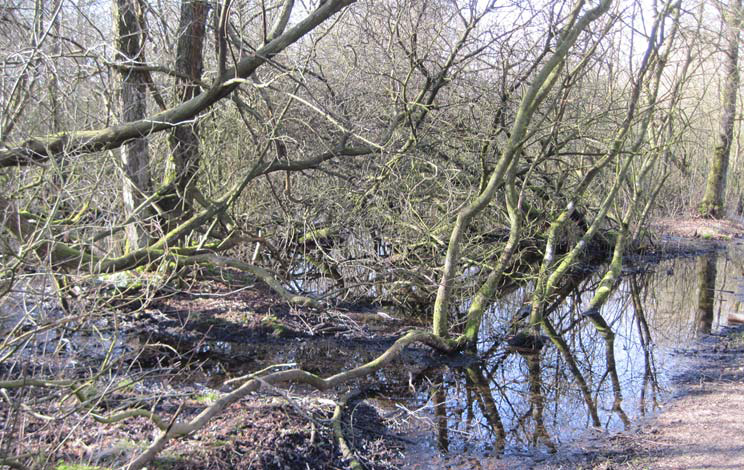
Figure 29: The marshland in Hedensted is a popular outdoor leisure area for the town’s citizens and has a lot of biodiversity and functions already today as a basin for storing surface water from the town.
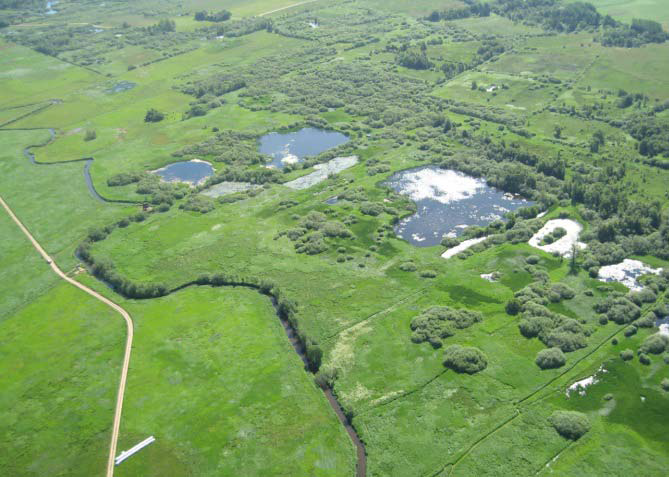
Figure 30: Gudenåen and pool areas support the basis for the tourist industry at Tørring.
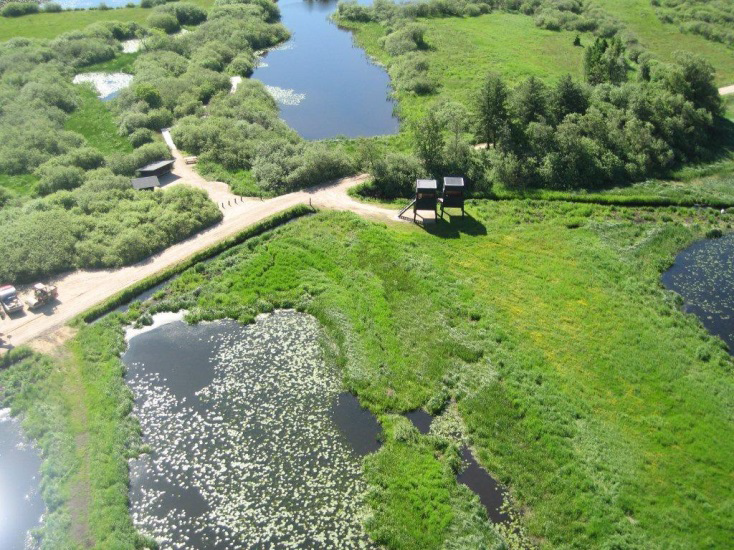
Figure 31: Uldum Kær – a popular outdoor leisure area by Tørring – and an EU protected area for birds.
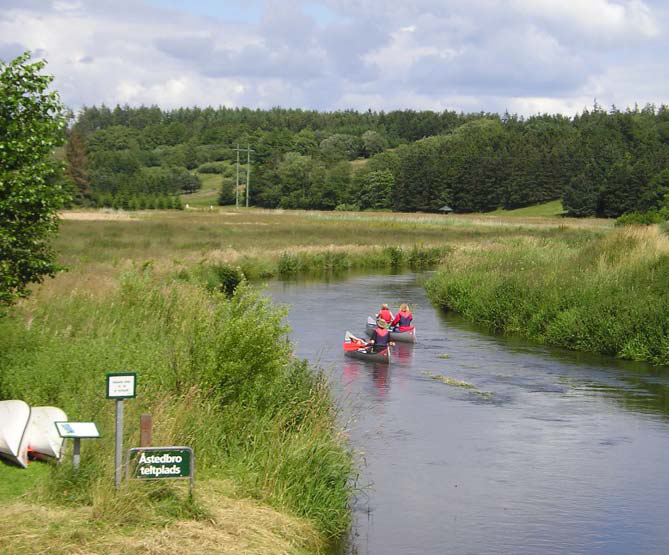
Figure 32: Blue and green tourism is important in the Tørring area.
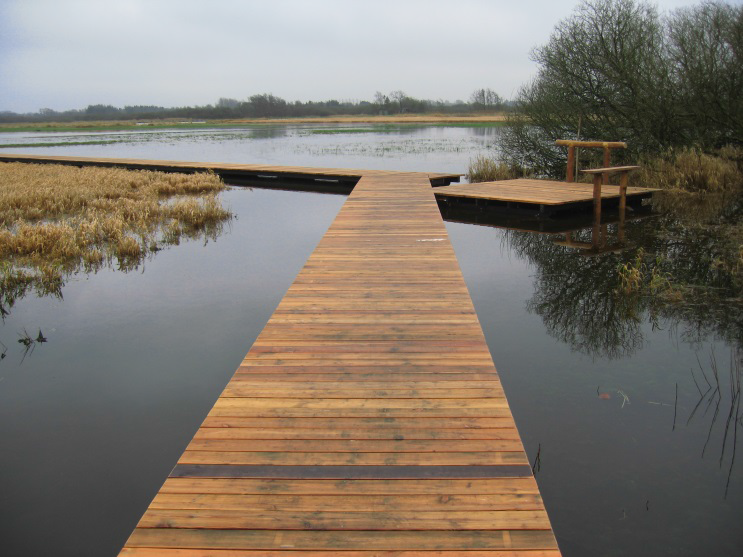
Figure 33: Water provides added value in Uldum Kær.
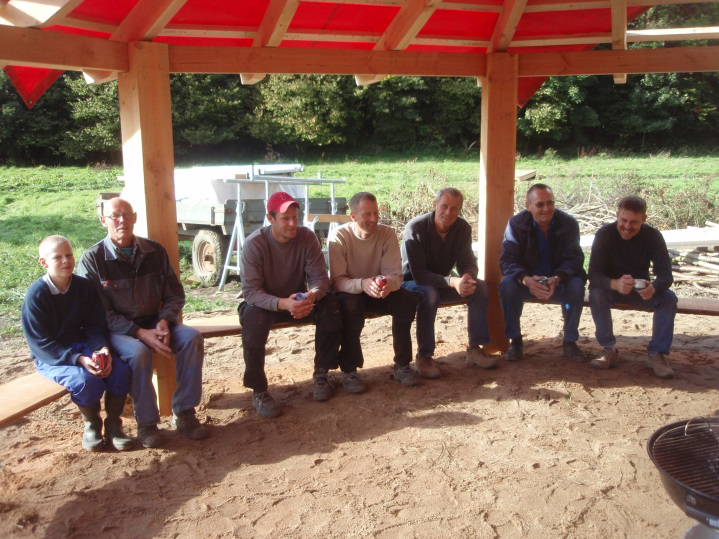
Figure 34: Hedensted has good experience in engaging citizens in local solutions. Can we engage the citizens in climate change adaptation?
What
There is already some knowledge about which floodings to expect, when the watercourses have extra large volumes of water, and recent rainfall events around the transition from 2015/2016 show a high degree of concordance between Hedensted Municipality's calculation of flooding from the watercourse and the Blue Spot map with the actual flooding – also on elevated land a long distance away from the watercourses.
Despite this, our knowledge about the correlation between the watercourses and flooding caused by precipitation is limited.
The same applies to what happens underground, between the cultivated soil and the watercourse, when the soil is saturated.
Together these factors can have a crucial impact on the reliability of cultivation for farming activities on elevated land in the future.
We need a more nuanced approach to water drainage, so that the production potential is developed, and the cities and towns do not end up functioning as delaying basins when the watercourses carry high flows.
The C15.2 will build on a survey of the area around Gesager Å system and knowledge generated from C15.1 and C13 Phase 1and1and knowledge about:
- What happens underground, between the cultivated soil and the watercourses;;
- Which initiatives can best help optimise the cultivation reliability of elevated cultivated land in relation to changed precipitation patterns;;
- What is the optimal design of the watercourse and the drainage system in the transition zone between elevated land and the watercourse?
How
C15.2 is carried out in collaboration with HbK and HK (C13), local farmers, municipal watercourse employees and, if required, water institutions that have knowledge of and experience with precipitation, water movement in the soil, drainage systems, hydraulics, watercourses, the use of the area and choice of crops. The project will relate to and use knowledge generated from e.g. Groundwater Model (C6), C15.1 and C13
C15.2 involves assessments in relation to the following levels: cultivated land, below cultivated land, in the transition zone between elevated land and watercourse, discharge into the watercourse, in the watercourse.
At least one drainage system will be selected, studied and described in relation to:
- Drainage in the catchment area, precipitation, use of the area and crops, exposed areas (based on the blue spot areas), the drainage systems’ age and type and maintenance, recipient
- Survey of the farmers’ experiences of: Changed precipitation and cultivation conditions, the drainage systems’ function, the drainage systems’ maintenance
- Scenarios – we put water onto elevated land.
- What will happen if the following is changed: Choice of crop, optimisation of the drainage system, change of type of installation in the transition zone between the drainage catchment and recipient, change discharge to recipient, change water discharge's look and capacity
- Assessment and recommendation: Environment, nature and technical solutions, economy and financing, and responsibility and collaboration.
- Preparation of a leaflet for submission to field- and drainage ownwers.
It is expected that C15.2 will finish with planning and changed water conditions in one or several test areas.
Phase 2 and beyond
Where: Gesager Å river system
When: Phase 2 and Phase 3
What
When Climate Change Adaption (CCA) is established, it is often in a town or an area with many local stakeholders and the project will therefore, taking Tørring town as its point of departure, focus on how work can be done with local organising and local goals for CCA.
The local formulation of goals will be able to provide a different kind of focus on added value and innovation as a result of the in-depth knowledge of the area.
The knowledge and the recommendations about the reliability of cultivation and water systems (results from C15.1 and C15.2), will be used to look at the water catchment area around Tørring.
At the same time, the barometer for added value from Hedensted town, will be included as inspiration to work locally with added value. River Gudenaa is Denmark's longest watercourse.
The source of the river begins west of Tørring, and together with the extensive pool areas east of Tørring cf. Figures 29 and 30, it makes it a central area for green tourism in the municipality. Several citizen groups participate already today in voluntary management of the areas.
The project will through these two new approaches, in conjunction with the already existing knowledge, designate one or two smaller areas where in collaboration with local stakeholders, work with local goals will be carried out, where local stakeholders have influence and responsibility for helping to determine local goals.
At the same time the project will lay down different options for solving climate proofing as a group. The project will particularly focus on the application and assess the total sustainability of the added value barometer for C15.2, and the organisational model that is chosen in C15.3.
How
Based on existing knowledge and results from C15.1 and C15.2, C15.3 assesses which areas are attractive to work with. An organisational proposal will be prepared and together with the local areas, the following will be assessed: CCA challenges, local need for CCA, demarcation of climate proofing areas, local goals in relation to climate proofing (Assets, added values, development, and responsibility and influence), and local organising.
It is expected that C15.3 will finish with planning of climate proofing in one or several test areas. The project will be executed in collaboration with local stakeholders, knowledge institutions and companies. A rinal review will be carried out, looking at how C15.1, C15.2 and C15.3 have contributed to the overall goal of proofing the basis for living by adapting development to the expected climate changes, focusing on growth, more value, sustainability and innovation.
Phase 2 and beyond
Where: Tørring town
When: Phase 2 and Phase 3
Our knowledge about the correlation between the water courses and flooding caused by precipitation is limited. The same applies to what happens under the ground, between the cultivated soil and the watercourse, when the soil is saturated.
Together these factors can have a crucial impact on the reliability of cultivation for farming activities on elevated land in the future. We need a more nuanced approach to water drainage, so that the production potential is developed, and the cities and towns do not end up functioning as delaying basins when the watercourses carry high flows.
Figure 35 and Figure 36 illustrates recent challenges related to flooding in agricultural and residential areas, respectively.
That which delivers CCA is not necessarily the same as those who benefit from climate change adaptation. It is necessary to have a tool that can value more value to enable the prioritisation of efforts in relation to achieving sustainable CCA.
At the same time, concrete and useful knowledge of how the water as a consequence of climate changes impacts our fields, drainage and drainage discharge, will mean more options for action for the individual and for the community.
This is in conjunction with that there are many local stakeholders within CCA, which provides the opportunity to work with other forms of organisation that can promote added value and innovation.
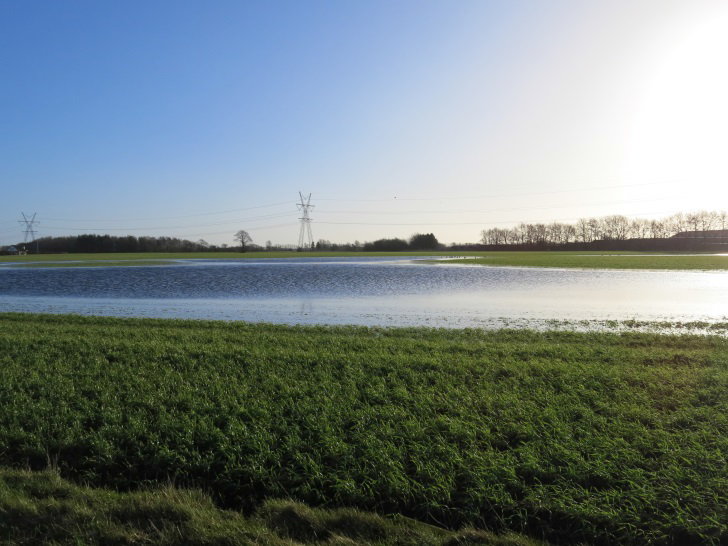
Figure 35: Flooded fields with winter crops in the winter of 2015/2016.
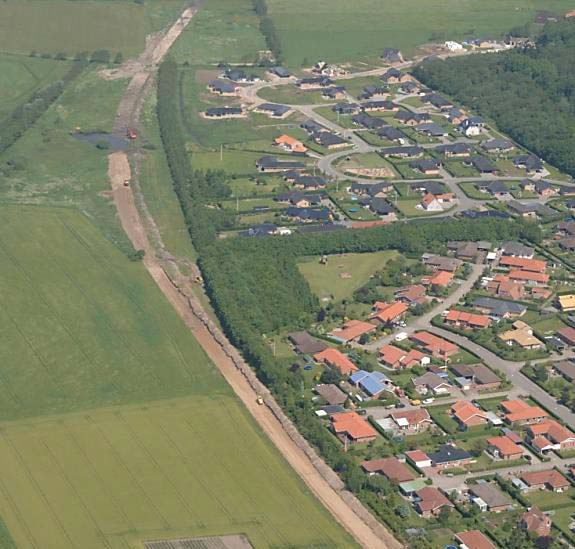
Figure 36: Even newer residential areas have “their feet in the water” in Hedensted.
As a risk parameter in relation to ensuring the project's progress and results, look at:
- Lack of local participation in the towns of Hedensted and Tørring, respectively.
- Lack of understanding of and acceptance of that it is not always sufficient to carry out CCA where the problem is, and that changed precipitation can affect people and the business community in different ways.
- To gain ideas for creating added value in Hedensted town.
Through expert consultation, we will ensure that we create a good framework for local participation in the towns of Hedensted and Tørring. Our work will be broad in relation to new thinking (added value).
Together with experts from the C2C CC advisory committee, we will designate the relevant areas for including citizens with the subsequent concrete reason for the designation, so that the local stakeholders are clear about the climate change issue in their entire local area.
C15.1 Through semi-economic models and a site-based and concrete approach as a basis for prioritising focus areas, efforts, and means an added value catalog is developed to proritise CCA solutions in Hedensted town. The prioritization involves results based on risk analysis from an asset perspective. The results from the stakeholder survey contributes apsects of added value. At least one project is ready for execution by the end of the action.
C15.2 This sub-action provides knowledge on CCA, watercourses and cultivated soils and results in definitions of which initiatives are most suitable for optimisingising cultivation under new climate conditions involving e.g. the design of a watercourse in regard to agricultural drainage systems.
The survey provides qualitative knowledge on the experienced impacts of climate change on agriculture. The scenario analysis results in options of crops, drainage, discharge, catchment, recipient, flow capacity under different climate scenarios. At least one project is ready for execution by the end of the action.
C15.3 The results of 15.1. and 15.2 is applied in this sub-action and provides recommendations about the reliability of cultivation and water systems for Tørring town and the hinterland. The added value catalog is also applied in involvement of several citizen groups. The result is definition of local goals og options for solving climate challenges as a group. This process results in recommendations on how climate proofing and goals can be executed through local organizing and specific local development projects. A local climate proofing plan formulated by citizens also linked to local development projects.
Expenses for external expert help is based on prior experience with external assistance to local projects.
Estimation of person days for Hedensted Municipality is based on present salaries + pension etc.
Expenses will cover consultation for all of the points, with supplementary professional experts from Hedensted Municipality organization, to ensure integration with local know-how.
Furthermore, C15.2 will imply travel expenses for collaboration with the C13 project. For Hedensted Municipality the total number of person-days per year is based on the basis of the total working hours/days according to national legislation, collective agreements, employment contracts, etc. – budgeted at 214 days per year.
C.15.1
Phase 1:
- Technical background reports (bullet 1 and 2)
- A catalogue of examples of added values with CCA (bullit 3)
- Stakeholder map (bullet 4)
Phase 2:
- Report from workshop on assets, solution options and added value (bullet 5)
- An added value catalog for Hedensted, including a method description (bullet 5)
Phase 3:
- The stakeholders’ (Citizens) local climate proofing plan(s) for Hedensted town (bullet 6).
C.15.2
Phase 1:
- Report on draining systems (bullet 1)
Phase 2:
- Report from workshop on combined urban/open country solutions to common climate challenges (bullet 4)
Phase 3:
- Recommendations for process, instruments and cooperation on combined urban/open country solutions to common climate challenges (bullet 5)
- 1 leaflet with recommendations (bullet 6)
- One project is ready for execution by the end of the action (bullet 7)
C.15.3
Phase 2:
- A process report/description on how climate proofing and the setting of goals has occurred through local organising.
- An added value catalog for Tørring, including a method description
- Stakeholder map
Phase 3:
- The stakeholders’ (Citizens) local climate proofing plan(s) for Tørring.
- 1-3 project proposals
C15.1
Phase 1:
31/12/2018: Risk and value mapping done
31/12/2018: Interest and stakeholders mapping done
Phase 2:
31/12/2019: Added value barometer done
31/12/2019: Stakeholder integration done
31/12/2020: Local plans finalised
Phase 3:
31/12/2021: At least one project is prepared
31/12/2022: At least one project is ready for execution
C15.2
Phase 2 :
31/07/2020: Workshop on combined urban/open country solutions to common climate challenges (bullet 4)
Phase 3:
31/07/2021: Report for one area on elevated land done
31/07/2022: Leaflet about elevated land done
C15.3
Phase 2:
31/12/2020: Risk and value mapping done
31/12/2020: Stakeholder mapping done
31/12/2020: More value barometer done
Phase 3:
31/12/2021: Local organization finalised
31/12/2021: Local plans finalised
31/12/2021: 1–3 project proposals drafted
31/12/2021: At least one project is ready for execution
31/12/2022: Review of the project finalised
